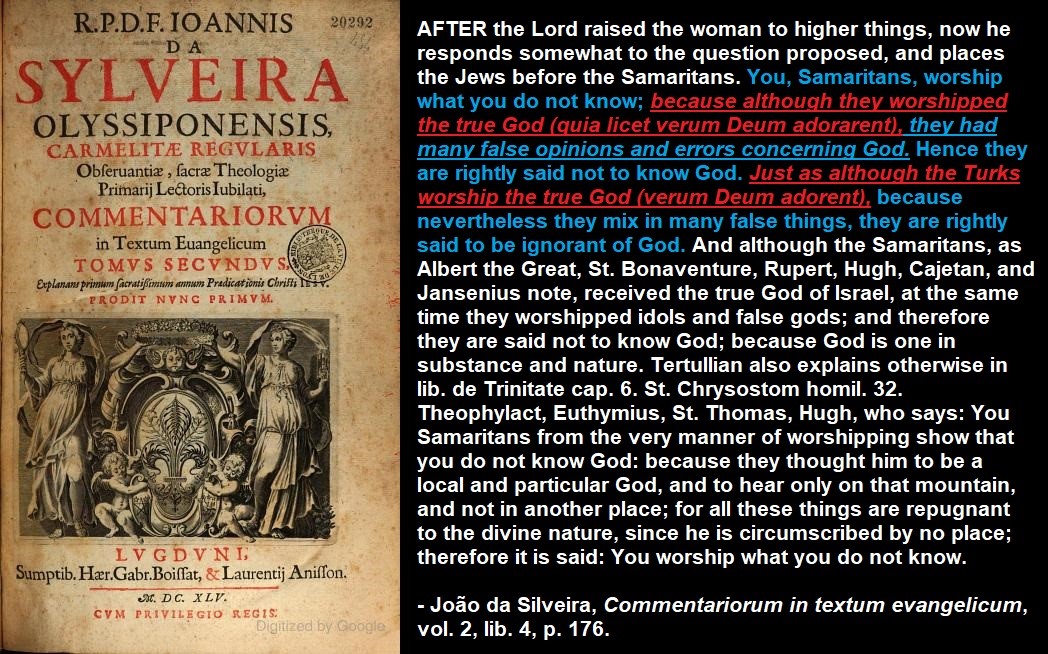🧵 Against the opponents of Transubstantiation, we hold that actual inherence is not the essence of an accident as St. Thomas teaches in Sent. IV, dist. 12, q. 1, art. 1, qc. 1, ad 2. Instead, we believe that only aptitudinal inherence constitutes the essence of an accident. 



The foundation for this conclusion is that actual inherence is either the very existence of the accident, or at most a union or nexus by which accident is joined to its subject, but neither of these can be the essence of an accident, therefore, etc.
Because actual inherence, as the very name indicates, is that by reason of which an accident actually exists in a subject—that is, the actual being-in [esse-in] a subject.
Therefore, it is either the actual existence of the accident itself, or something by which it is actually conjoined to it. But existence, as it is manifest to all, is outside the essence of any creature.
Likewise, that union or intermediate nexus—granting that it exists—is something distinguished from the accident itself; or in another words, union is distinct from the accident itself. And as a result, actual inherence is not of the essence of an accident.
Therefore, essence of an accident consists only in the aptitude and inclination to be in a substance as in a sustaining subject.
/finis 🧵
/finis 🧵

@threadreaderapp unroll
• • •
Missing some Tweet in this thread? You can try to
force a refresh



















